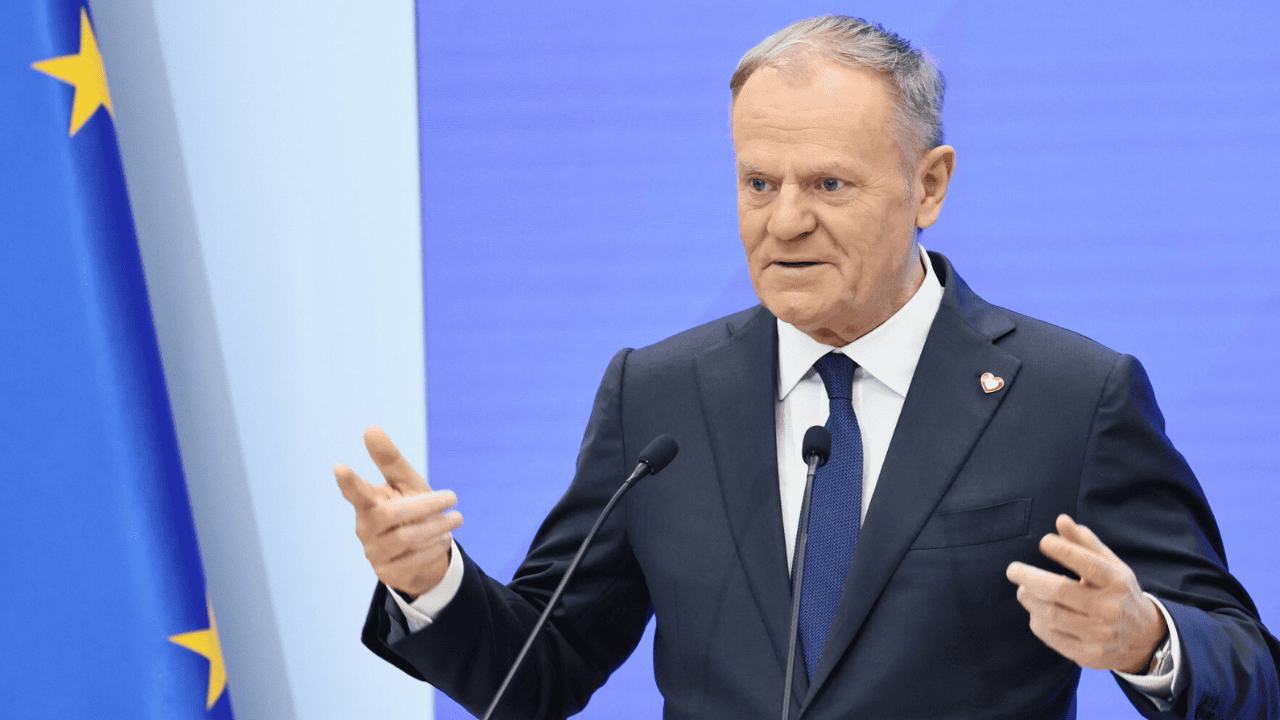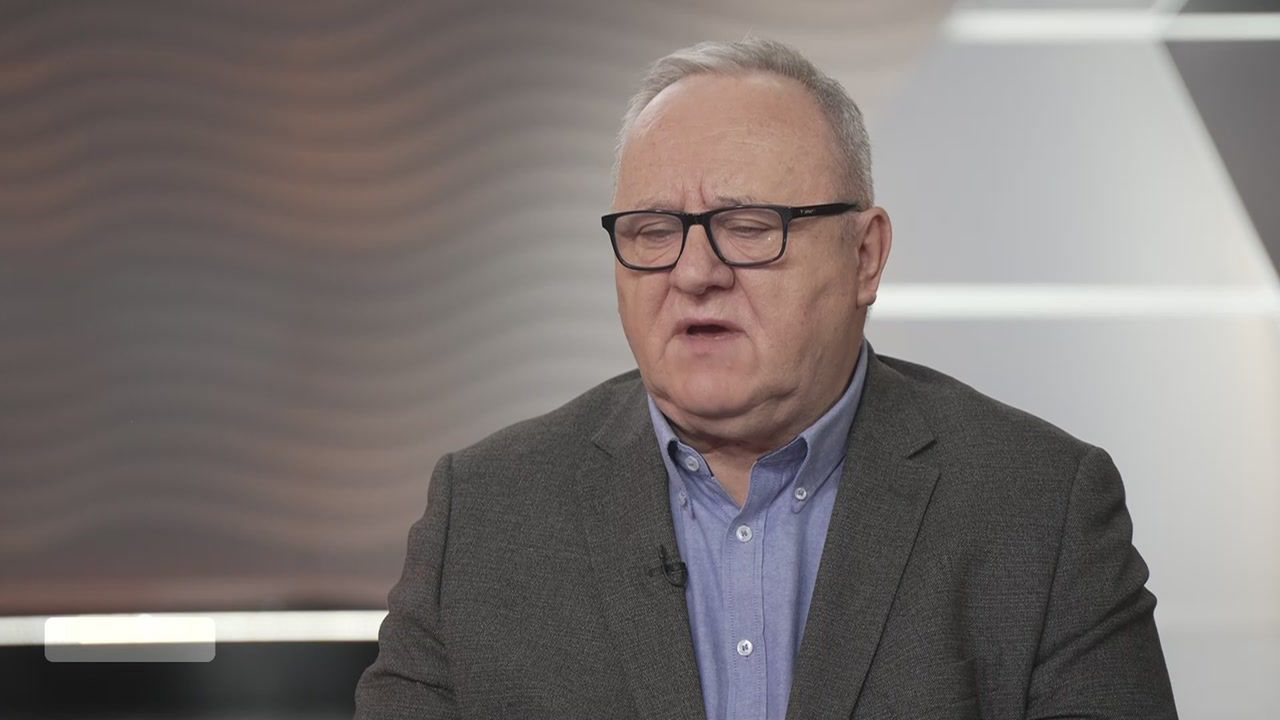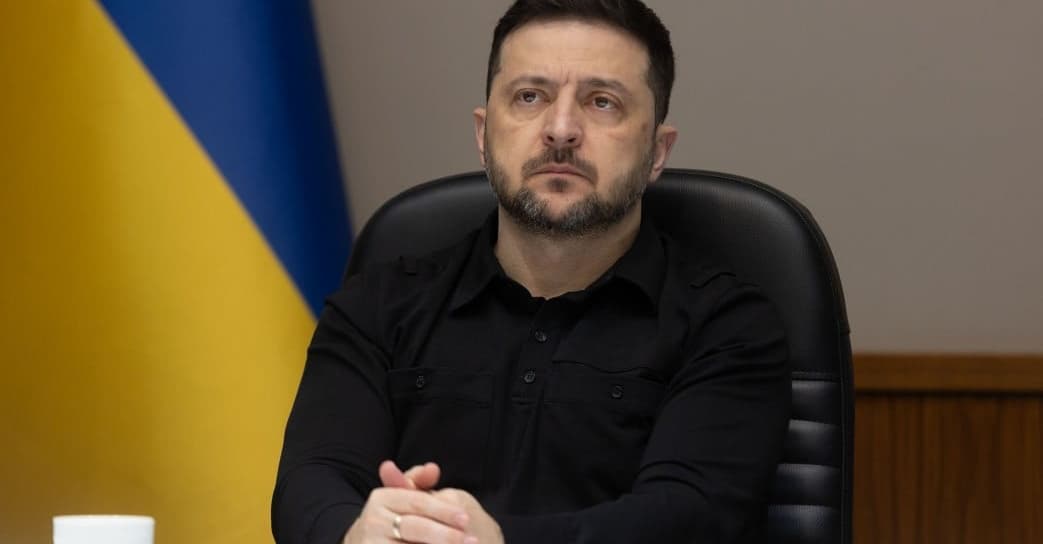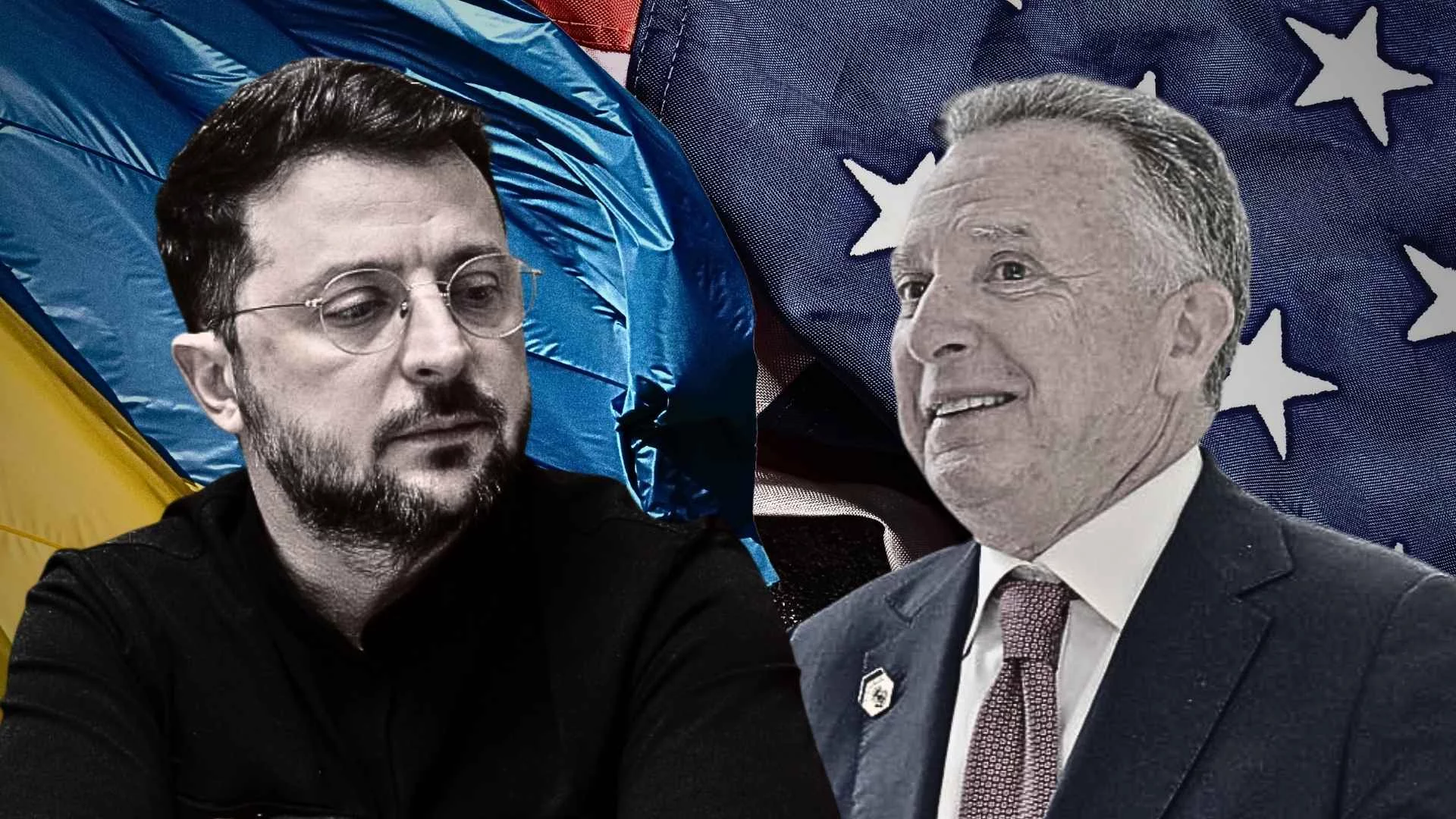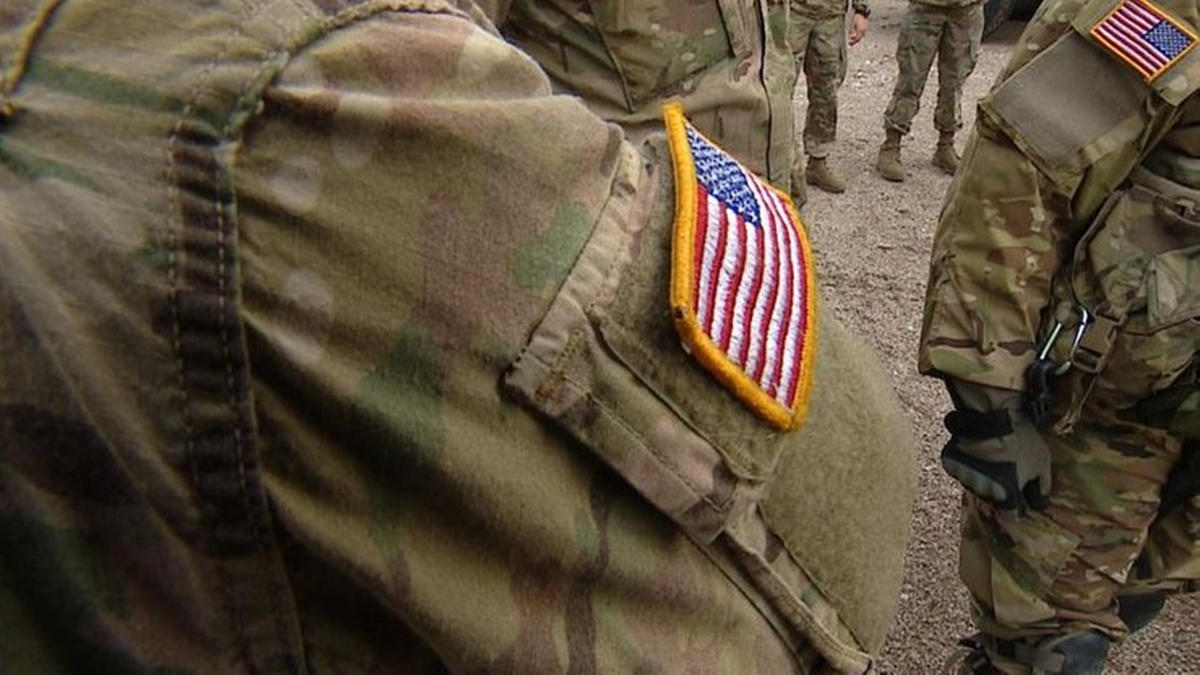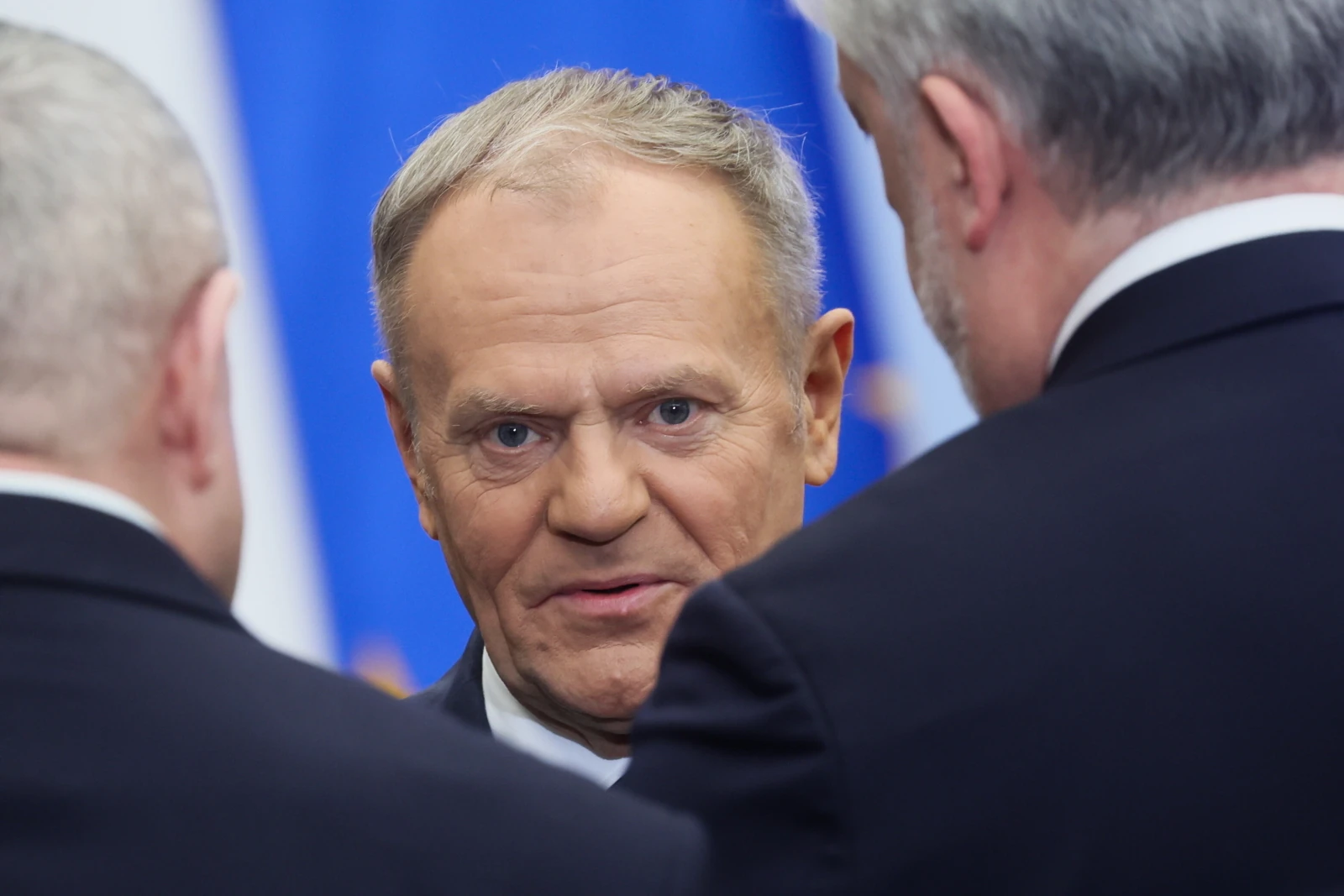Vladimir Putin has issued a fresh nuclear threat against the West, with satellite imagery revealing preparations to test Russia's nuclear-armed Burevestnik cruise missile. The timing appears designed to strengthen Russia's bargaining position ahead of upcoming talks with Donald Trump on Ukraine.
Commercial satellite firm Planet Labs captured extensive activity at Russia's Pankovo test site on Novaya Zemlya, showing increased personnel, equipment, ships and aircraft associated with the 9M730 Burevestnik missile. The Burevestnik is a low-flying, nuclear-powered, nuclear-armed cruise missile whose range Putin claims is unlimited and boasted was "invincible" when he unveiled it in 2018.
Two US research institutions - the Middlebury Institute of International Studies and the National Security Analysis centre - confirmed through separate assessments that Russia was preparing to test the nuclear-powered cruise missile known to NATO as the SSC-X-9 Skyfall.
Strategic leverage for summit talks
International security experts widely agree the missile test preparations represent a strategic move to gain bargaining power ahead of Trump-Putin discussions. Erin Dumbacher from the Council on Foreign Relations said: "In preparing for talks in Alaska, the Russian side would likely be looking for ways to remind the Trump administration of the sizeable Russian nuclear force and recent activities to field the so-called 'exotic' nuclear systems."
She added: "This test is another attempt to shift the conversation about Ukraine's future into Moscow's preferred terms." The test preparations follow Russia's announcement earlier this month that it would no longer adhere to the 1987 Intermediate-Range Nuclear Forces Treaty, which banned ground-launched missiles with ranges of 500-5,500 kilometres.
Lukasz Kulesa from the Royal United Services Institute noted that Russia's "exotic" weapons provide "means to overcome current and future US missile defence systems". However, he suggested the test may remain at preparation stage to avoid provoking Trump or risking the humiliation of a failed test, given the Burevestnik's history of test failures.
Expert warnings on nuclear risks
Nicholas Wheeler from the University of Birmingham warned that "nuclear risks are higher now than any point since the Cuban Missile Crisis". He explained the current environment is "much more complicated" because "there are multiple players, whereas in the Cold War, it was very much a bipolar nuclear situation".
Wheeler highlighted America's emerging "two-peer nuclear competitor problem" - potentially facing nuclear threats from Russia and China simultaneously. He told The i: "The overarching concern driving US strategic thinking is that the United States has to face the possibility it could be fighting, potentially in a nuclear situation, Russia and China at the same time."
This challenge poses significant diplomatic complications, as both Russia and China seek recognition as nuclear equals to the US rather than accepting any position of inferiority. Wheeler noted that Russia is "engaged in manipulations of nuclear risk in a way that has been profoundly worrying in the context of the Ukraine war".
The likelihood of Russia using nuclear weapons largely depends on its battlefield success, with nuclear threats historically escalating when Moscow faces military pressure, Wheeler explained.
Sources used: "The i", "Middlebury Institute of International Studies", "National Security Analysis centre", "Planet Labs"
Note: This article has been edited with the help of Artificial Intelligence.

